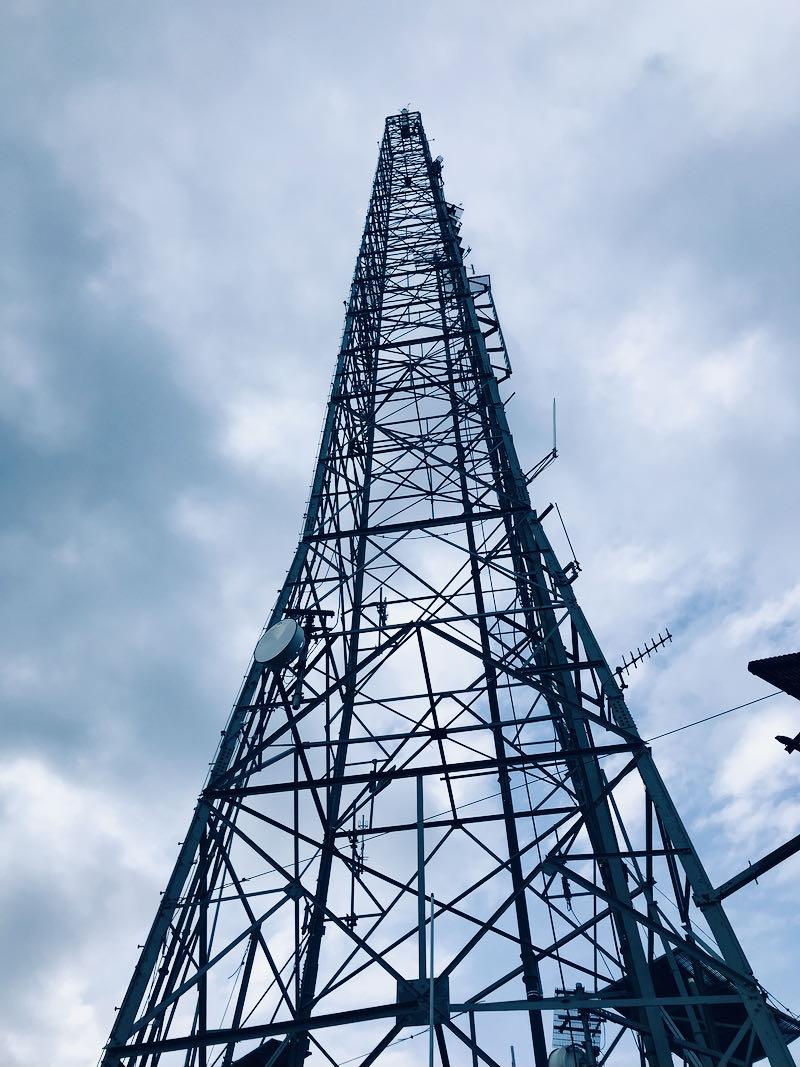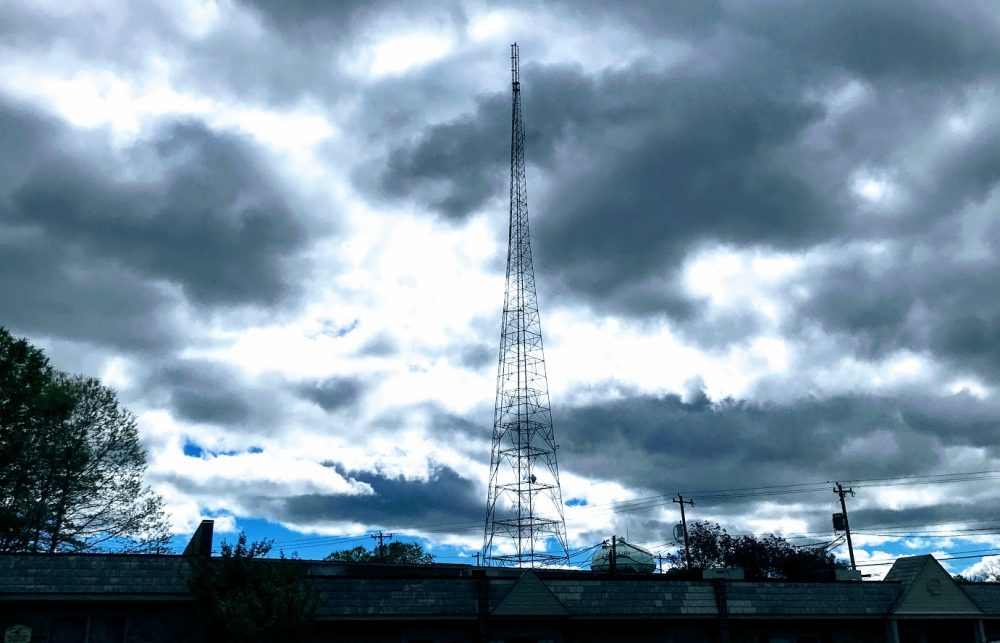 Many thanks to SWLing Post contributor Mark Hirst, who shares the following note:
Many thanks to SWLing Post contributor Mark Hirst, who shares the following note:
One of my favourite channels just posted a video on the structural engineering challenges of tall radio masts.
Mark
This is a fascinating video. Thank you, Mark!

 Many thanks to SWLing Post contributor, Jerome van der Linden, who shares a link to the following article in Radio World announcing the new feature-length documentary Vertical Freedom:
Many thanks to SWLing Post contributor, Jerome van der Linden, who shares a link to the following article in Radio World announcing the new feature-length documentary Vertical Freedom:
“Vertical Freedom” takes viewers to new heights
NATE, in collaboration with Storybuilt Media, has created a feature-length documentary titled “Vertical Freedom,” which highlights the professional and personal lives of six communications infrastructure workers in the United States.
Throughout the film, these cellular and broadcast tower climbers share what compels and excites them about their line of work. Plus, how to overcome every-day danger in order to connect us all.
Ky Nguyen is just one of the climbers featured in the film. He has worked with RIO Steel and Tower out of Alvarado, Texas for the last 10 years.
After the Great Recession, Nguyen wanted to move away from his job in construction and — while he is skilled at his craft now — he was initially hired onto the tower communication service’s team with zero experience.
“I started as a climber and then just kept working my way up,” he said. “Then I became foreman and began project managing. I’m one of those types of guys where, if you want it done a certain way, you have to be with them, showing them, leading by example – so I’m climbing every day.” [Continue reading at Radio World…]
(Source: NPR)
It’s likely the only time you really notice one of your neighborhood broadcast and cell towers is at night when they’re lit up with conspicuous bright red lights.
Those lights help pilots see the huge metal structures that can reach 1,000 feet into the air — but they can spell disaster for birds.
In 1976 in Gun Lake, Mich., one tower killed over 2,300 birds in one night, says Caleb Putnam, who works for the Michigan Department of Natural Resources. He says for reasons scientists still can’t quite figure out, birds kept flying headlong into towers.
“If that many are dying at one night at one tower and yet there are thousands of towers across the country and as you go across the world, the numbers are staggering,” he says.
Putnam says in North America alone it’s estimated that 7 million birds smash into towers every year. But until recently scientists didn’t know why it was happening.
[…]”We were able reduce the numbers of bird fatalities on communications towers by simply extinguishing those non-flashing lights,” she says. “Those fatalities were reduced by as much as 70 percent.”[…]
This video is not only educational, but will certainly put your fear of heights to the test: